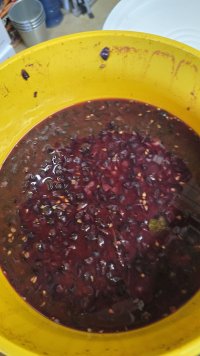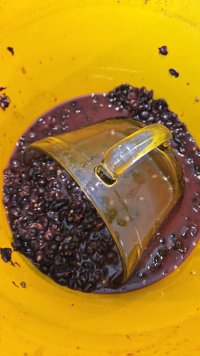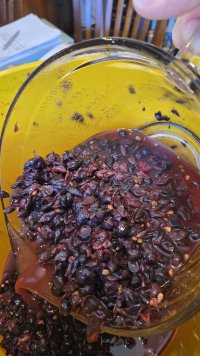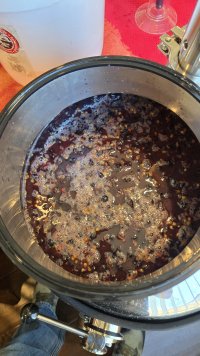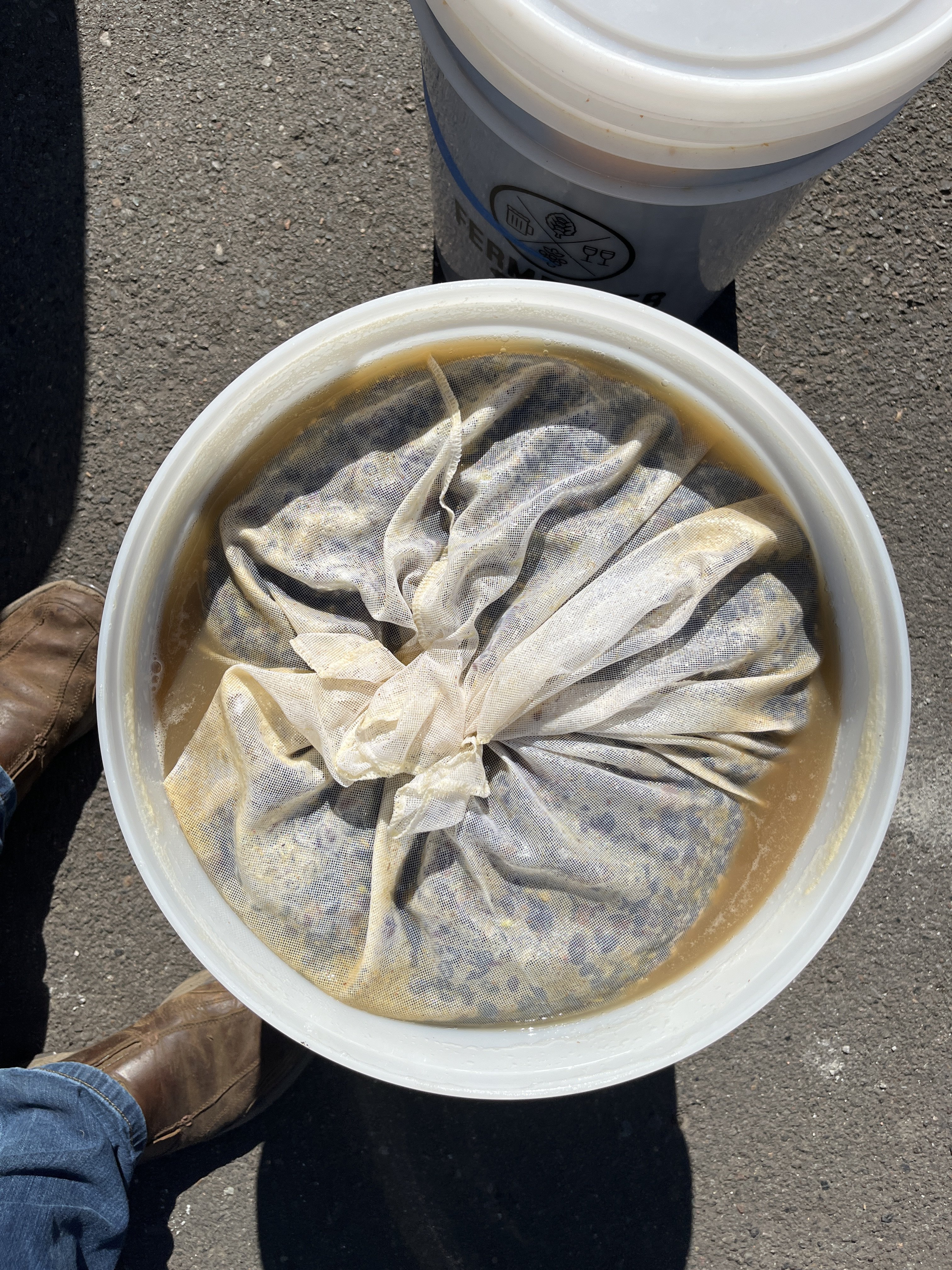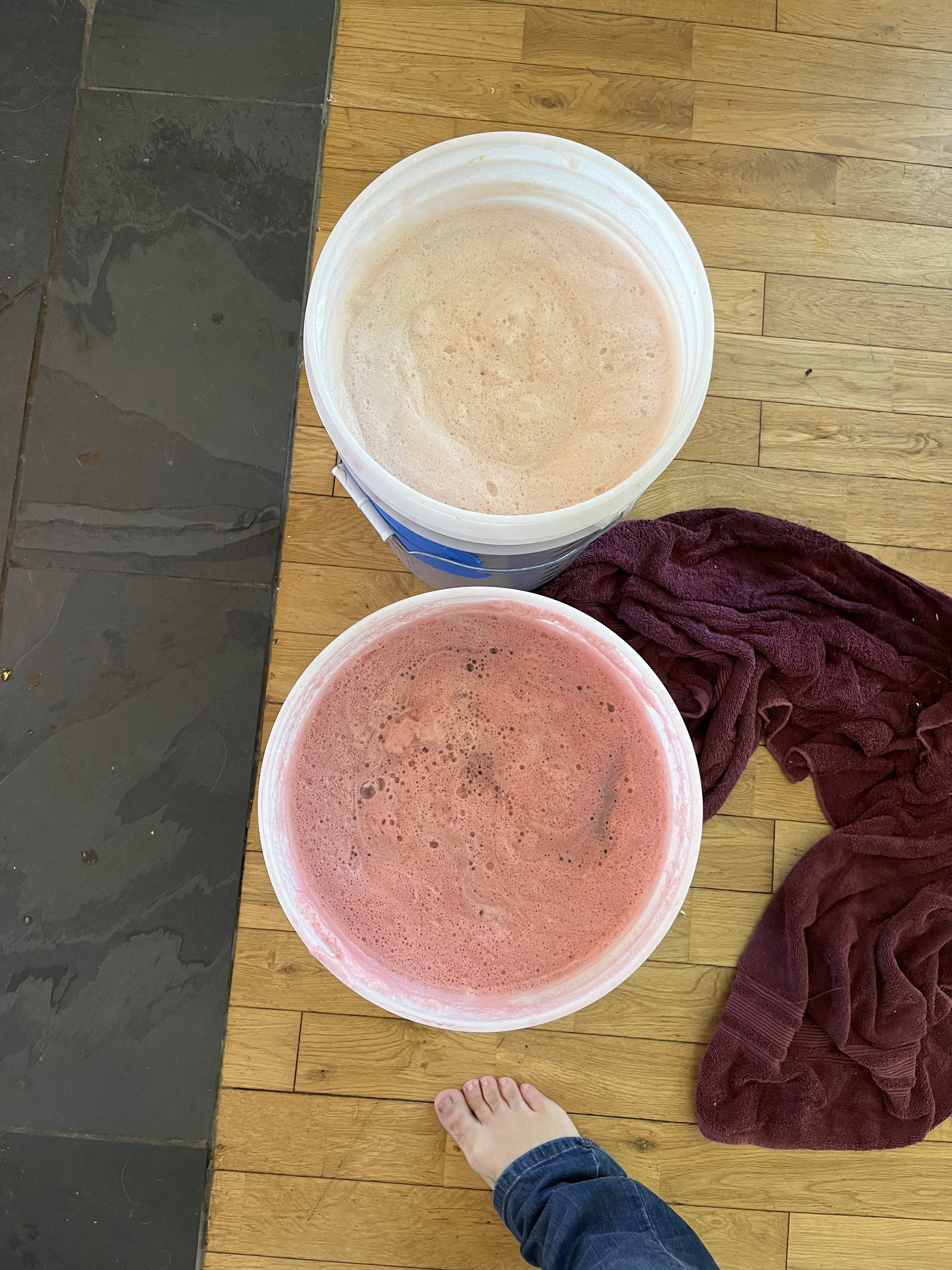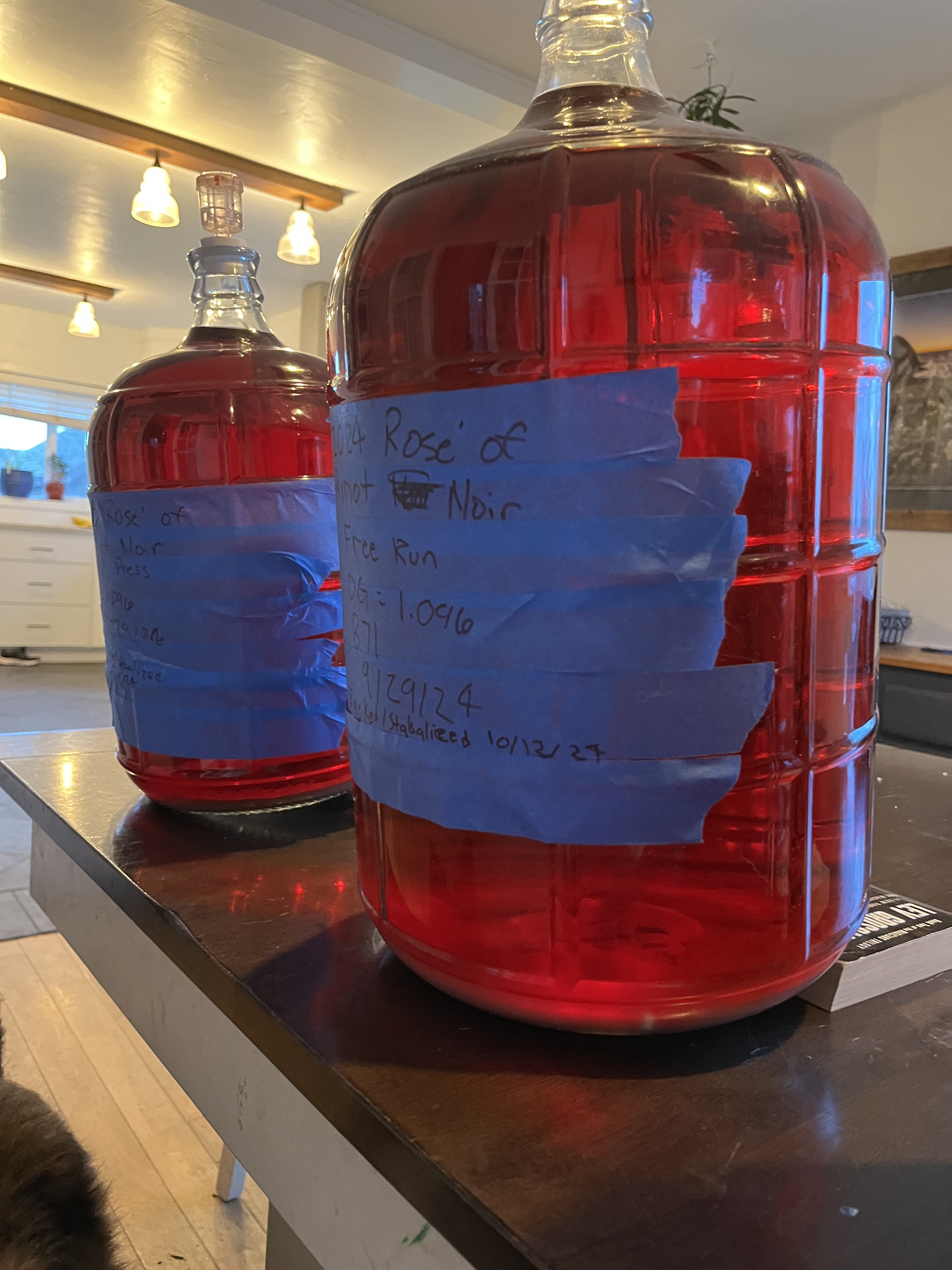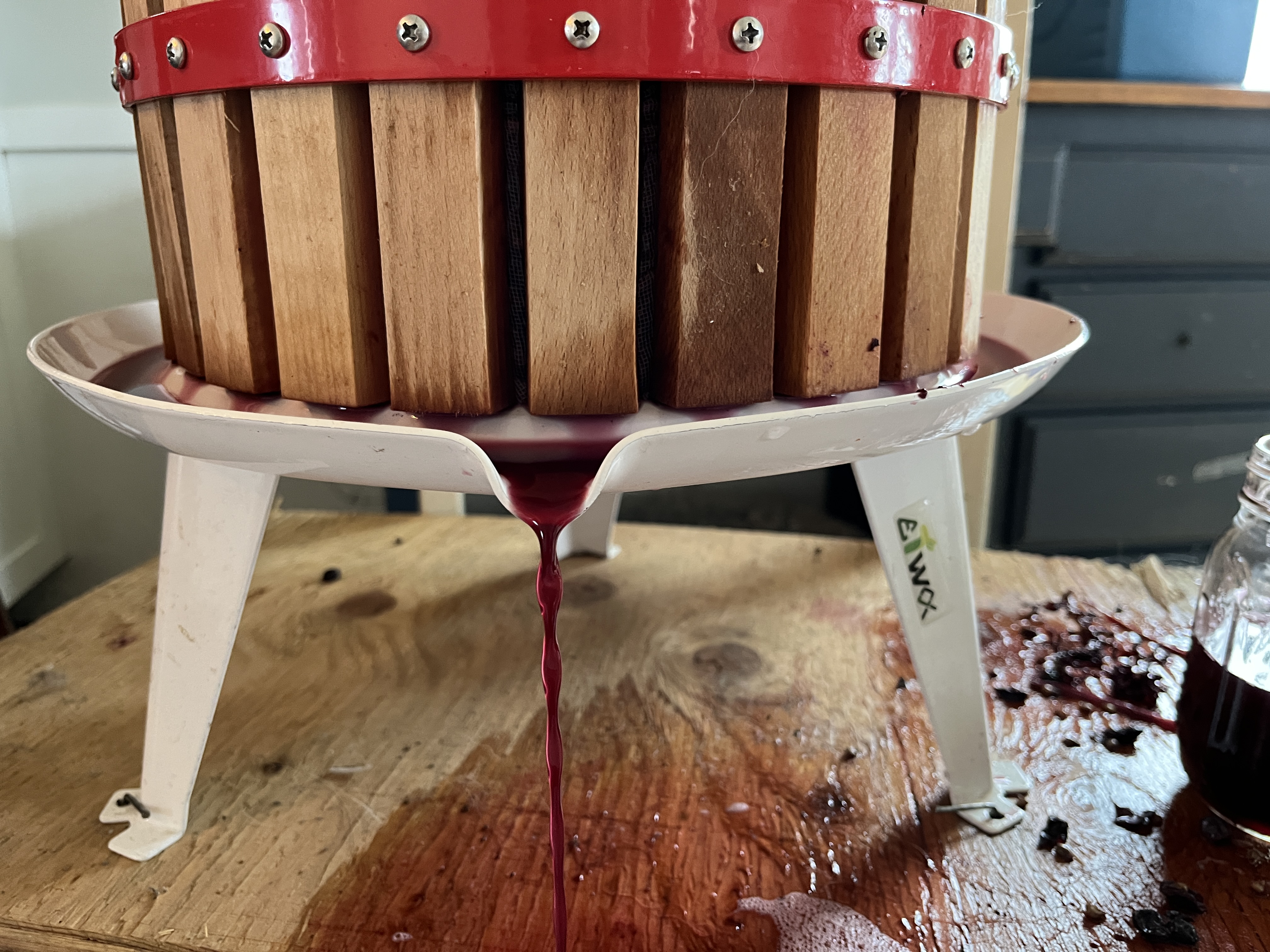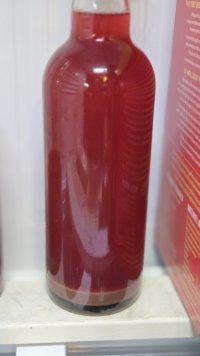- Joined
- Jul 22, 2021
- Messages
- 886
- Reaction score
- 1,484
Opened a Cabernet Sauvignon pyment I made in 2022. I have (3) 750ml bottles left after this.
The flavor is nice... but I wish I backsweetened it a bit less than how it is. For my first pyment, I like it and it is very enjoyable... just the next was so much better.
The aroma is nice and complex. For almost 14.5% abv, there is no alcohol in the aroma. There is fig and or date in the aroma along with something similar to raisin. There is more but I'm having a hard time identifying the flavors... but it is nice.
The flavor is nice... but I wish I backsweetened it a bit less than how it is. For my first pyment, I like it and it is very enjoyable... just the next was so much better.
The aroma is nice and complex. For almost 14.5% abv, there is no alcohol in the aroma. There is fig and or date in the aroma along with something similar to raisin. There is more but I'm having a hard time identifying the flavors... but it is nice.
Attachments
Last edited:


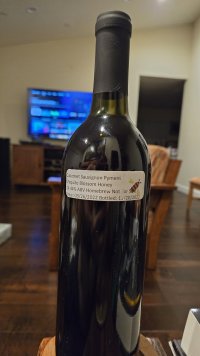
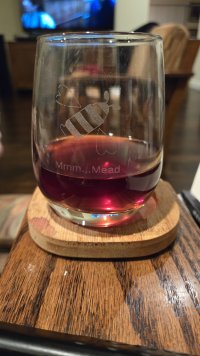























![Craft A Brew - Safale S-04 Dry Yeast - Fermentis - English Ale Dry Yeast - For English and American Ales and Hard Apple Ciders - Ingredients for Home Brewing - Beer Making Supplies - [1 Pack]](https://m.media-amazon.com/images/I/41fVGNh6JfL._SL500_.jpg)
































